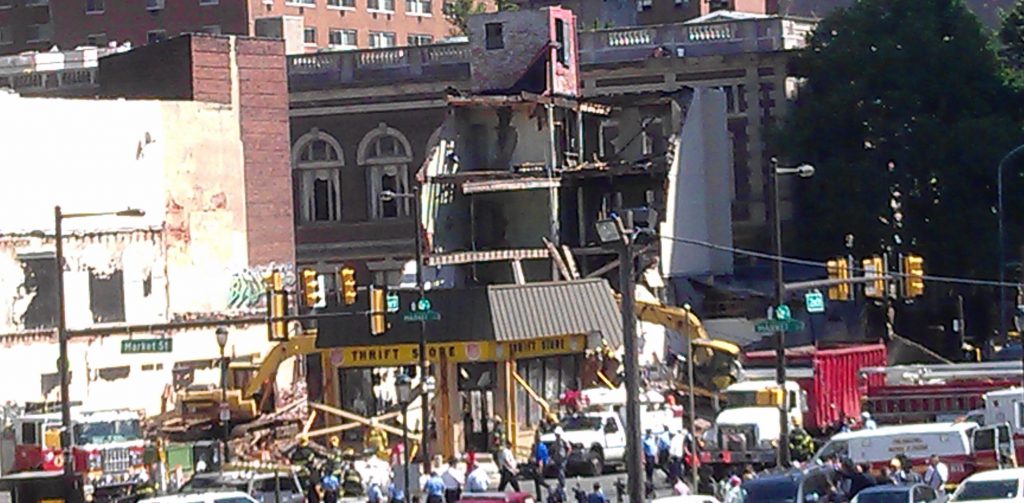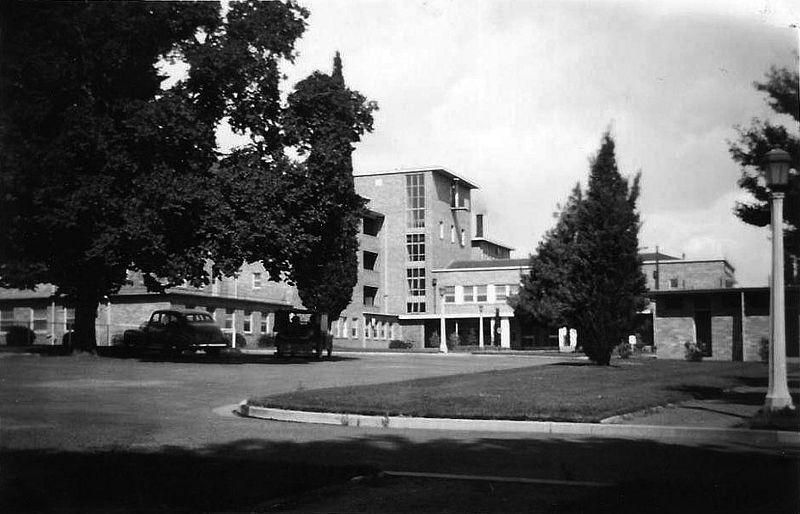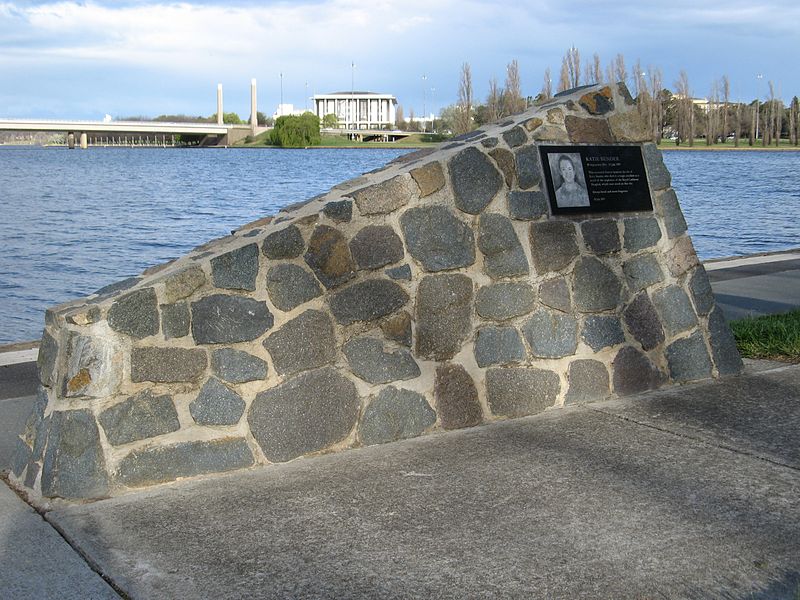
If you have missed any of our blog posts this year, here is a monthly review of some of the best blog posts from 2017, depicted from your traffic volume:

The booming growth of “Commercial Construction & Renovation” happening in South Africa.
Written By: Sasha Anderson
Publication date: 30 January 2017
Page Views: 82
Unique Page Views: 35
Average Time spent on the blog: 38 seconds

Enhance your fishing abilities to entice the big fish businesses through “Mastering the art of cold calling, tips for successful B2B Sales”
Written by: Karen Garner-Savory
Publication date: 09 February 2017
Page Views: 256
Unique Page Views: 111
Average Time spent on the blog: 30 seconds

Providing a creative remedy for tedious daily tasks with “Innovations In Smart Home Technology”
Written by: Marlaine Andersen
Publication date: 09 March 2017
Page Views: 119
Unique Page Views: 58
Average Time spent on the blog: 52 seconds

Racking your brain on the universal human need for shelter. “What is the importance of appointing an architect?”
Written by: Claire Donaldson
Publication date: 13 April 2017
Page Views: 124
Unique Page Views: 48
Average Time spent on the blog: 35 seconds

The never-ending roadworks that we find ourselves in “Potholes and Pitfalls in civil engineering contracts”
Written by: Bianca Warwick
Publication date: 11 May 2017
Page Views: 108
Unique Page Views: 67
Average Time spent on the blog: 03 Minutes and 04 Seconds

A quirky and yet vital list of “10 (or 11) tips for recruiting great Project Managers”
Written by: Michelle Hosford
Publication date: 15 June 2017
Page Views: 110
Unique Page Views: 50
Average Time spent on the blog: 02 Minutes and 51 Seconds

Finding a favourable balance in room temperature to get the ‘ka-ching’ light bulb. “Why air conditioning can increase productivity”
Written by: Jackie Van Zyl
Publication date: 13 July 2017
Page Views: 273
Unique Page Views: 112
Average Time spent on the blog: 01 Minute and 147 Seconds

Quenching the thirst with tools pertaining to water preservation with “Waste Water Management”
Written by: Angelique De Freitas
Publication date: 24 August 2017
Page Views: 264
Unique Page Views: 114
Average Time spent on the blog: 01 Minute and 53 Seconds

Dealing with the complexities of preserving the environment for our future generations through “Sustainable construction with 3d Modelling”
Written by: Tamika Mays
Publication date: 14 September 2017
Page Views: 198
Unique Page Views: 83
Average Time spent on the blog: 32 Seconds

Knocking down barriers without leaving a mess and extra work. Here is a guide on “How to demolish a wall the right way”
Written by: Julia Smit
Publication date: 12 October 2017
Page Views: 170
Unique Page Views: 75
Average Time spent on the blog: 29 Seconds
We believe that each and every one of our informative blog posts making the above list and being accidentally left out, have allowed you to walk with an insurmountable amount of knowledge, filling out the gaps and providing answers to the questions you may have been too shy to ask.
May the forces be with you.
About Andile Shange
I'm a Software Developer at Leads 2 Business since 02 June 2014.





